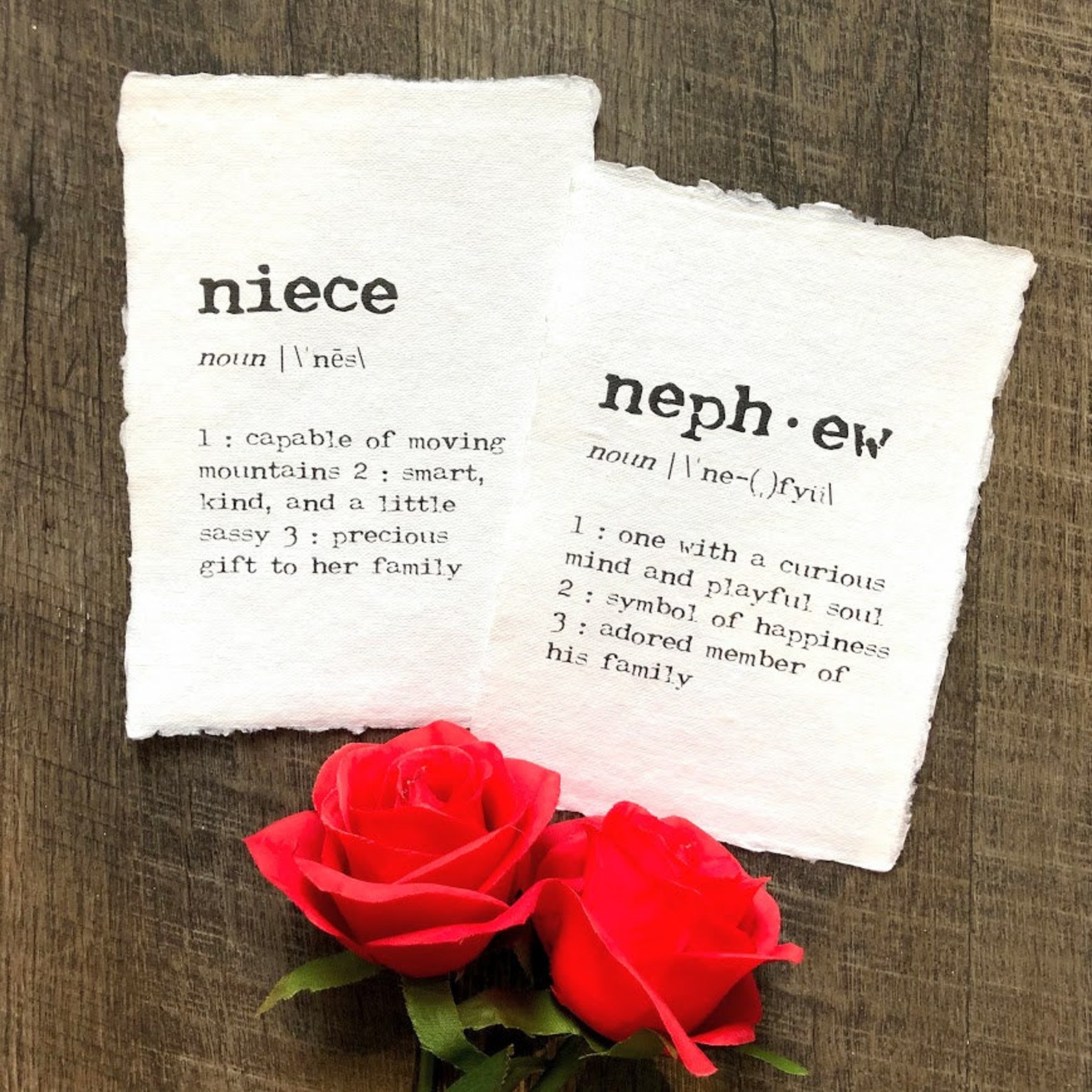
Historically, fonts came in specific sizes determining the size of characters, and in quantities of sorts or number of each letter provided. For example, 8-point Caslon Italic was one font, and 10-point Caslon Italic was another.
#Typeface definition professional#
In professional typography, the term typeface is not interchangeable with the word font (originally "fount" in British English, and pronounced "font"), because the term font has historically been defined as a given alphabet and its associated characters in a single size. There are typefaces tailored for special applications, such as cartography, astrology or mathematics. Roman uppercase A looks the same as Cyrillic uppercase А and Greek uppercase alpha.

The same glyph may be used for characters from different scripts, e.g. In desktop publishing, type designers are sometimes also called font developers or font designers.Įvery typeface is a collection of glyphs, each of which represents an individual letter, number, punctuation mark, or other symbol. Designers of typefaces are called type designers and are often employed by type foundries. The art and craft of designing typefaces is called type design. There are thousands of different typefaces in existence, with new ones being developed constantly.

Each of these variations of the typeface is a font. Printed by William Caslon, letter founder from the 1728 Cyclopaedia.Ī typeface is the design of lettering that can include variations in size, weight (e.g. A Specimen, a broadsheet with examples of typefaces and fonts available.


 0 kommentar(er)
0 kommentar(er)
